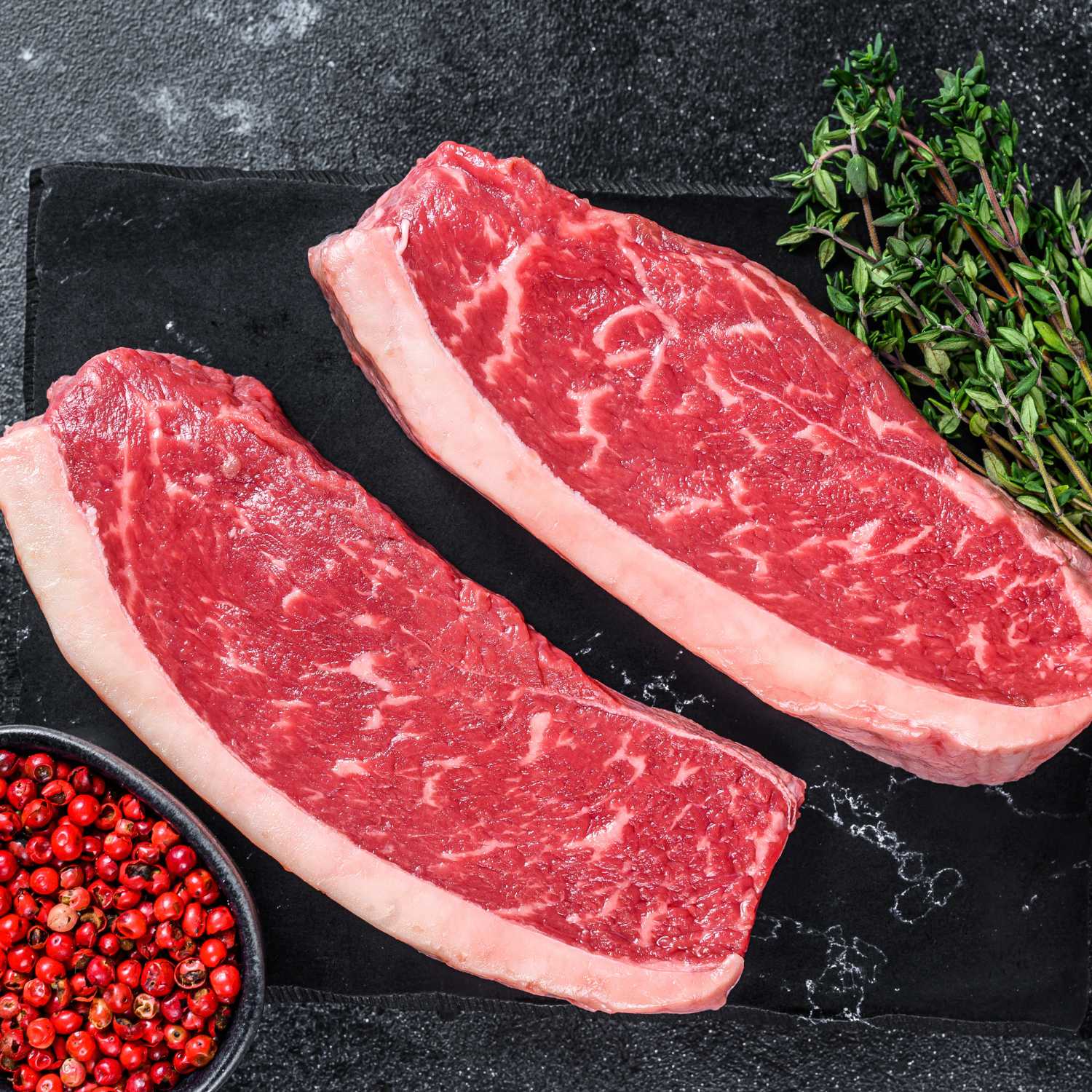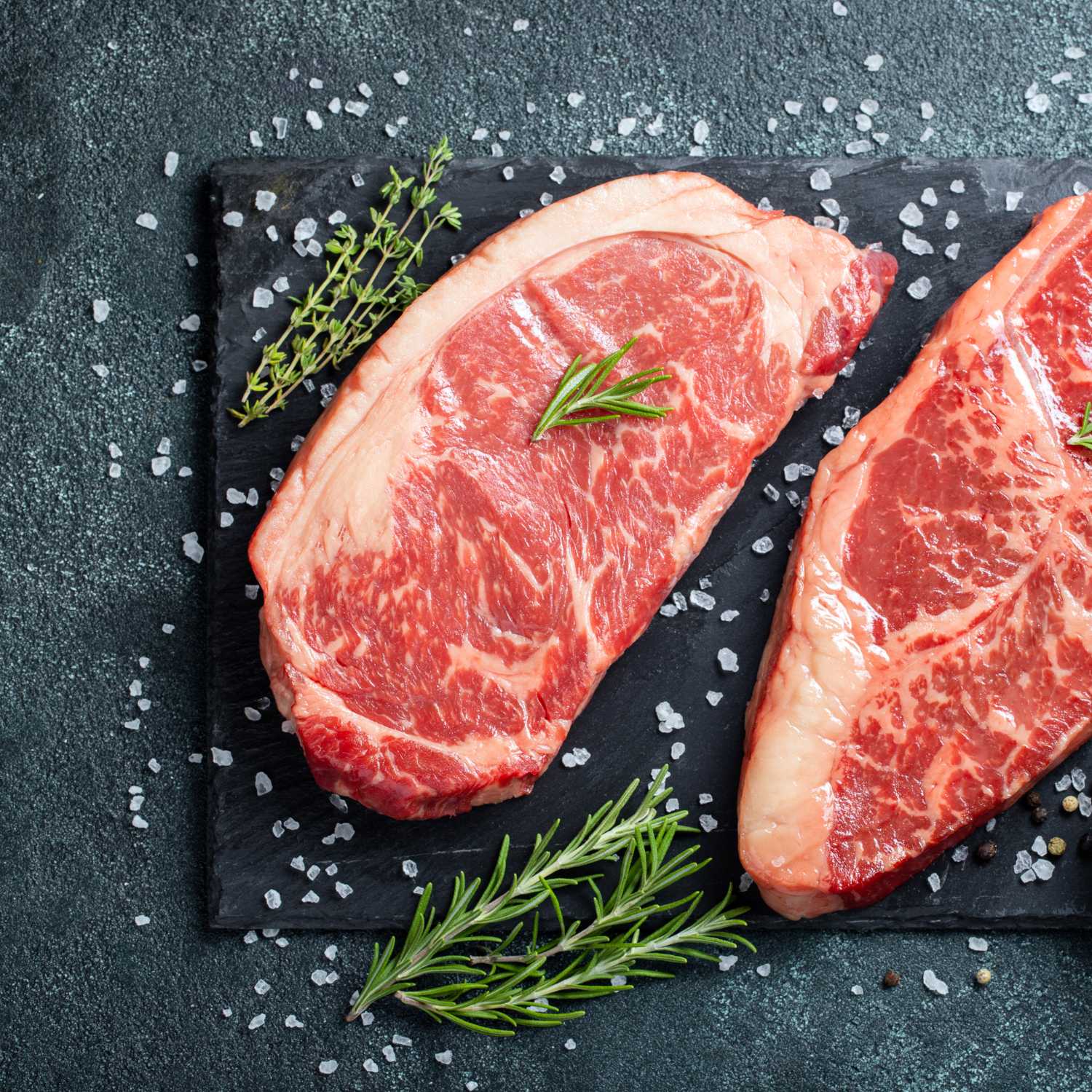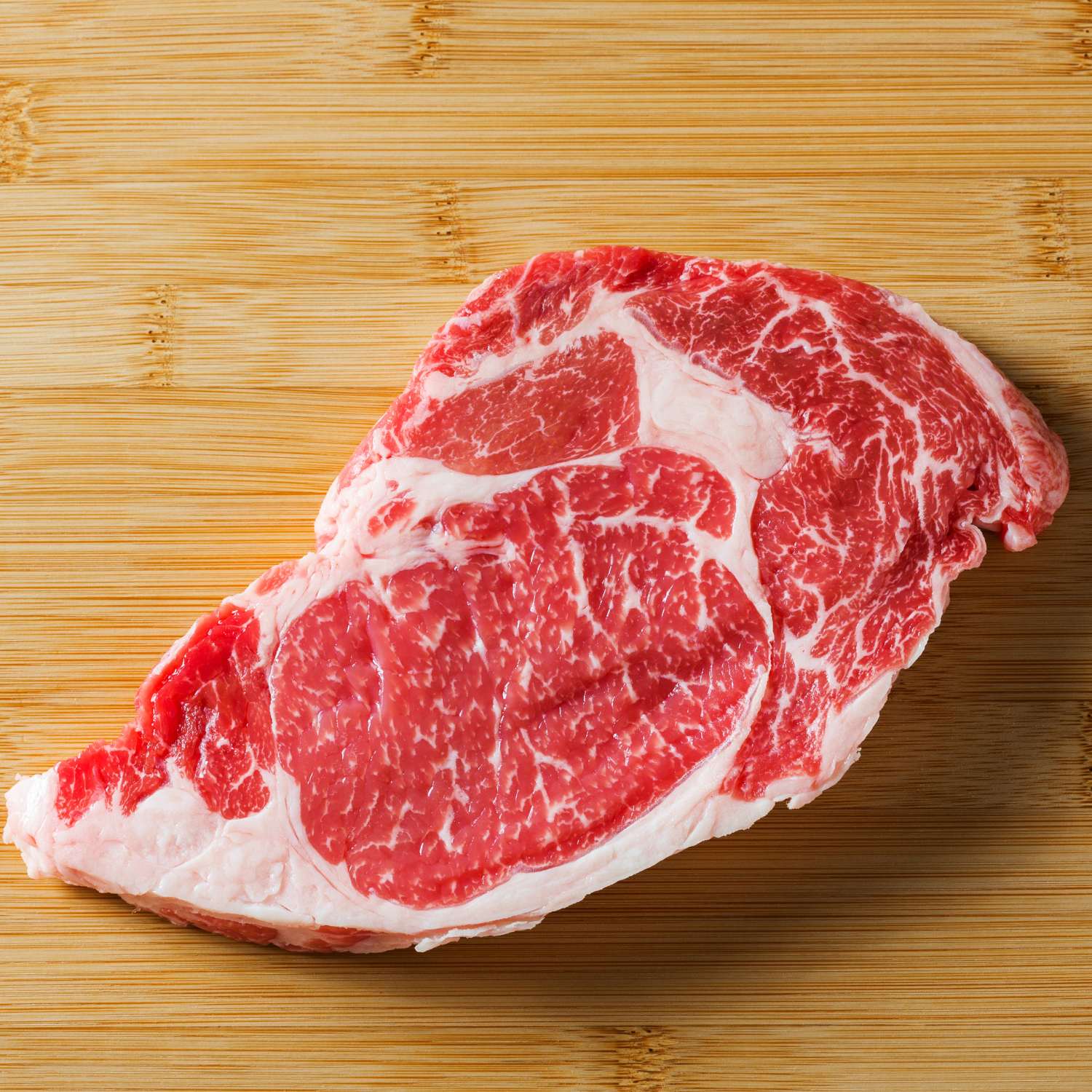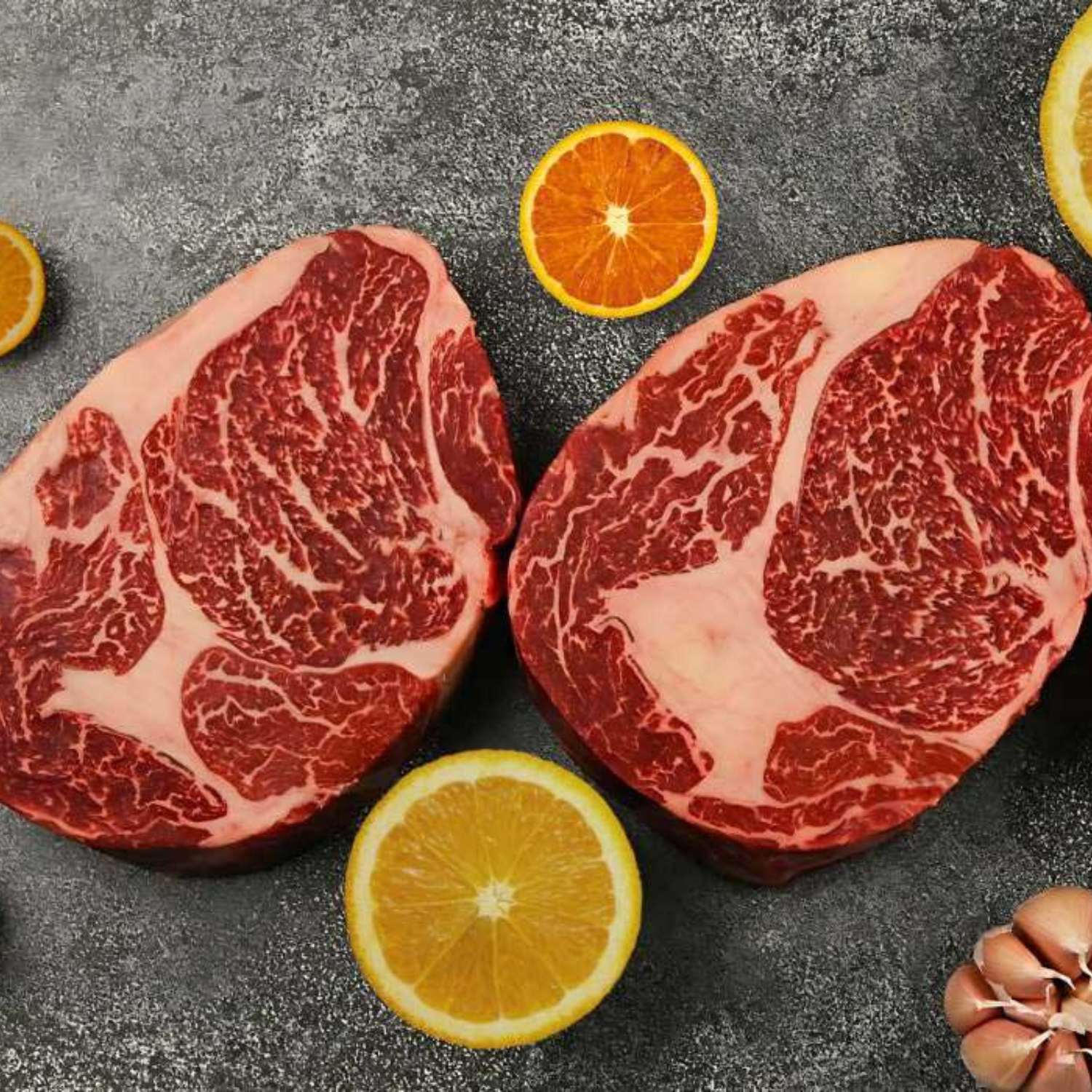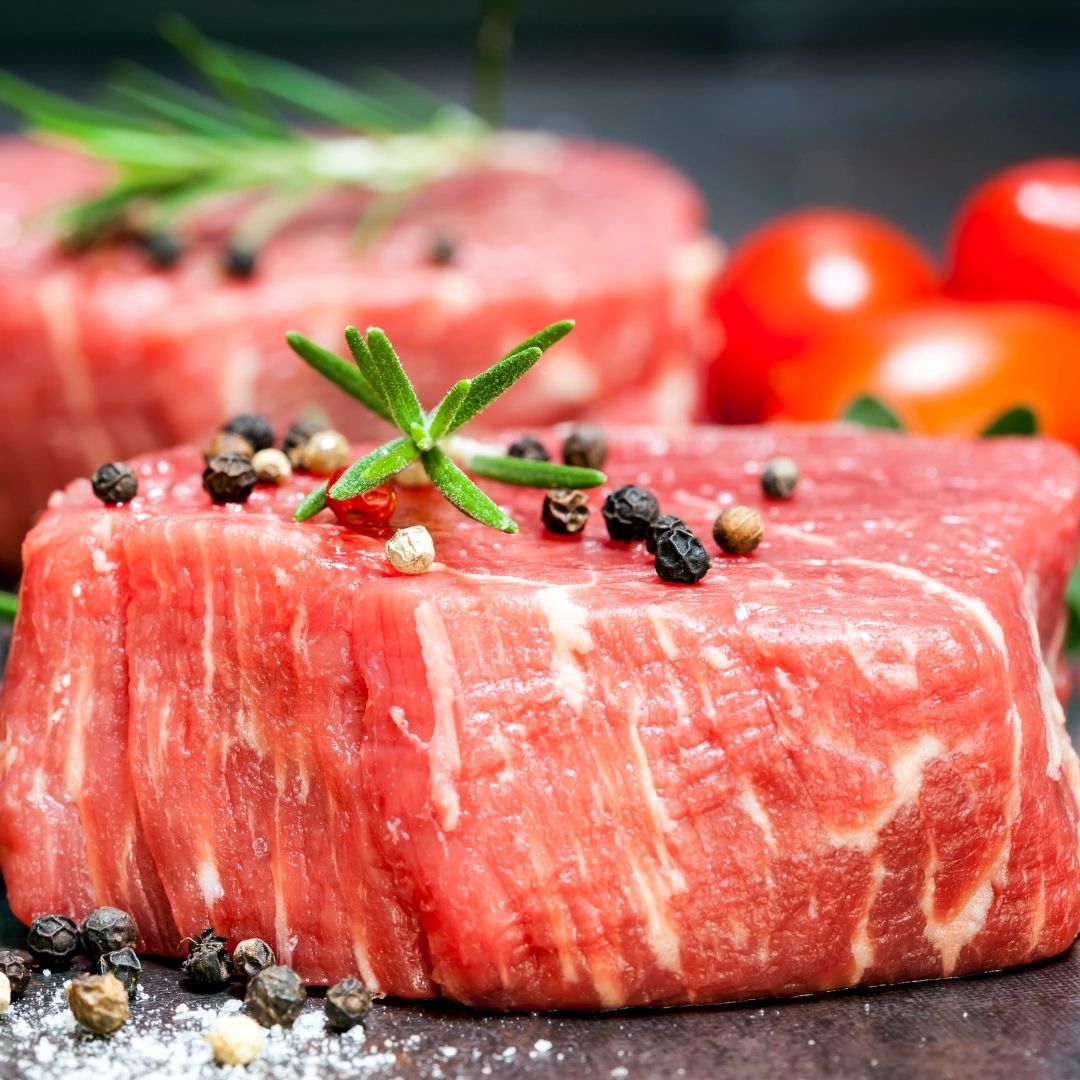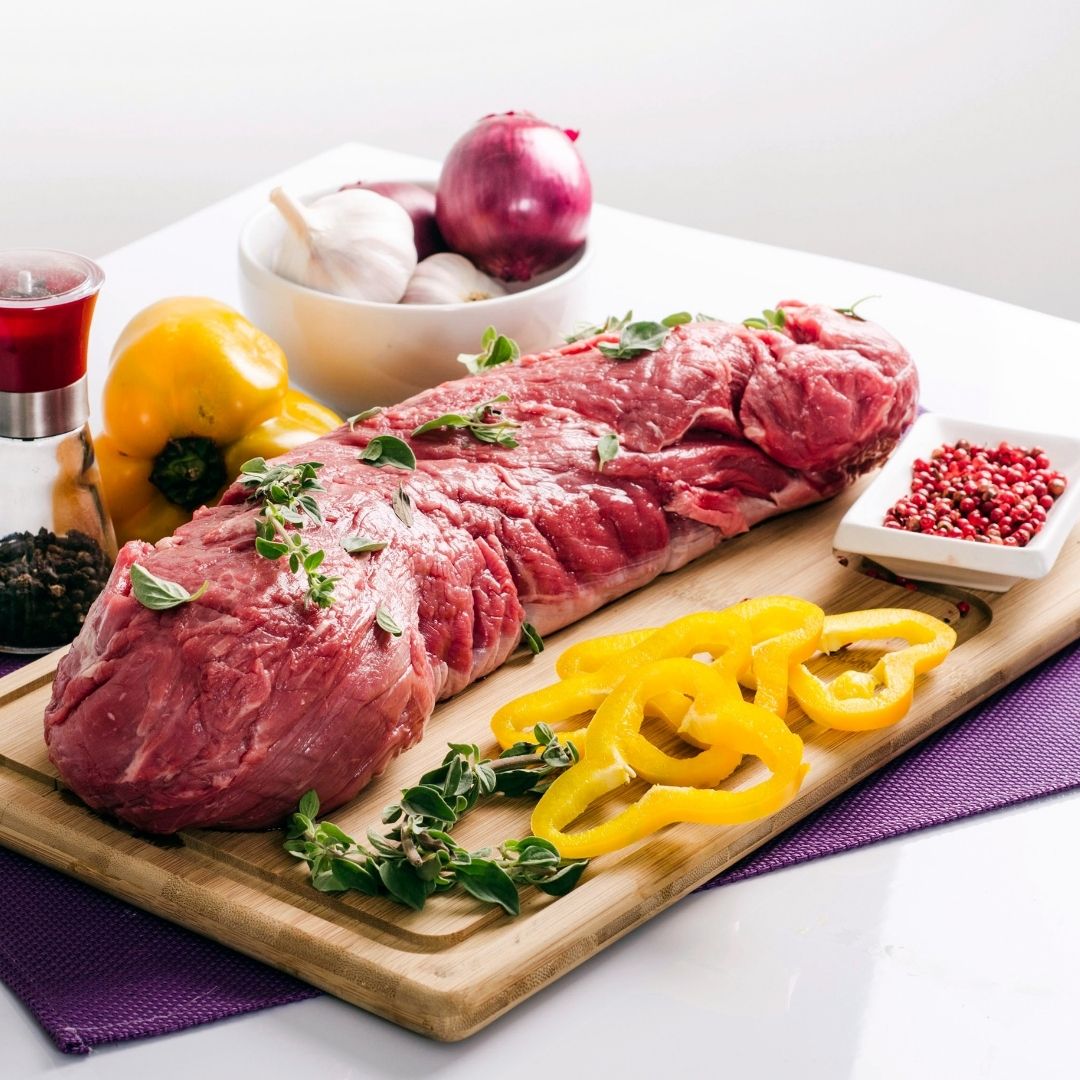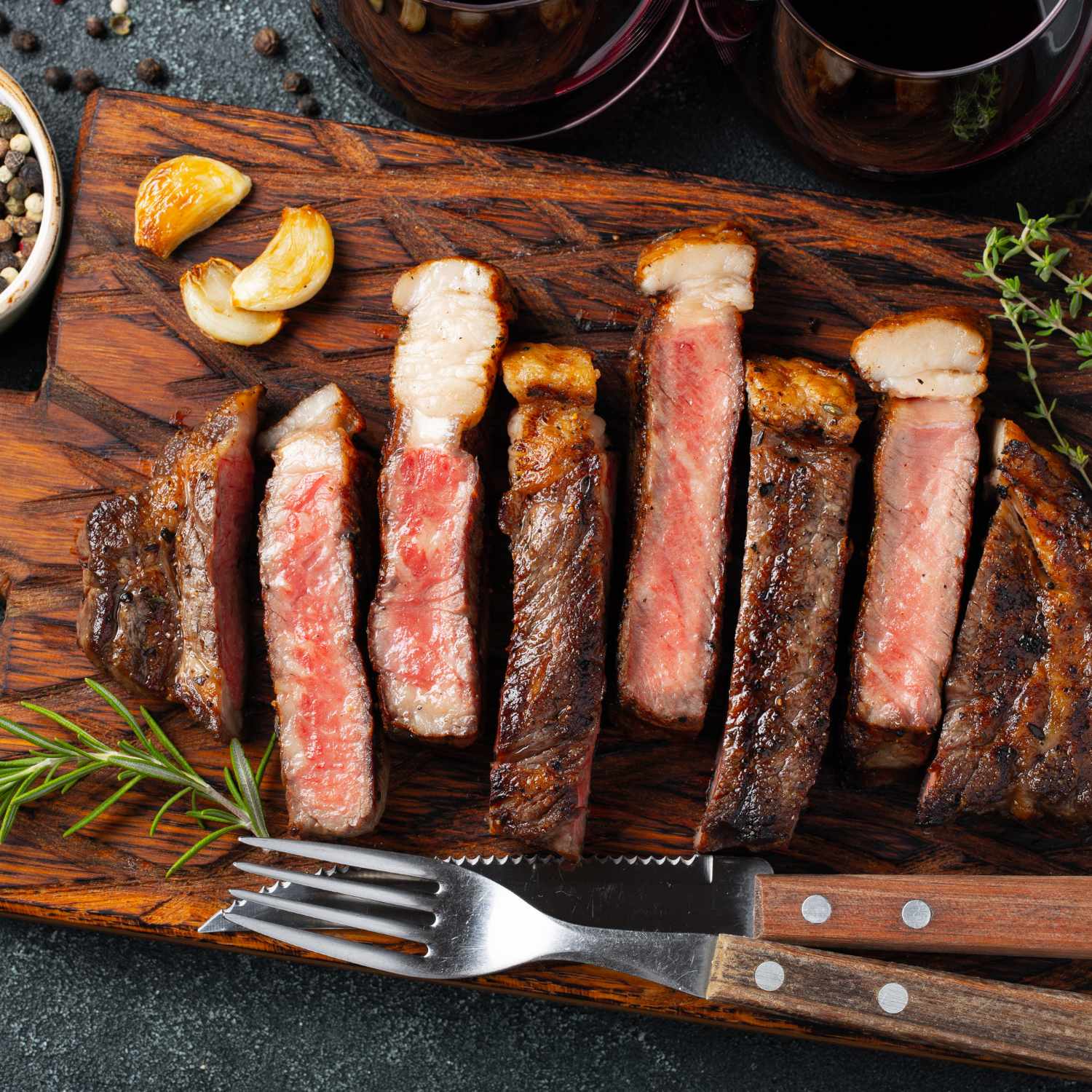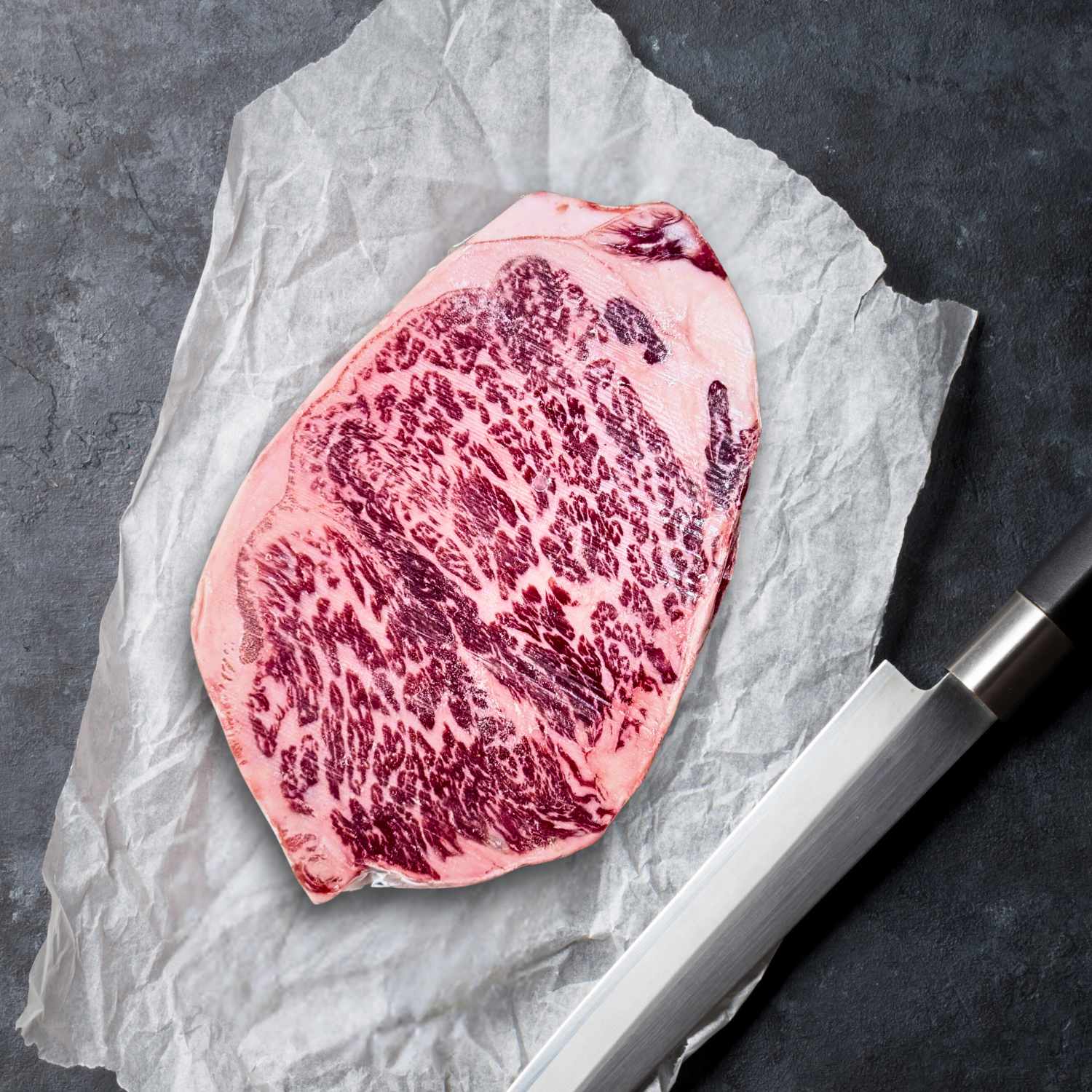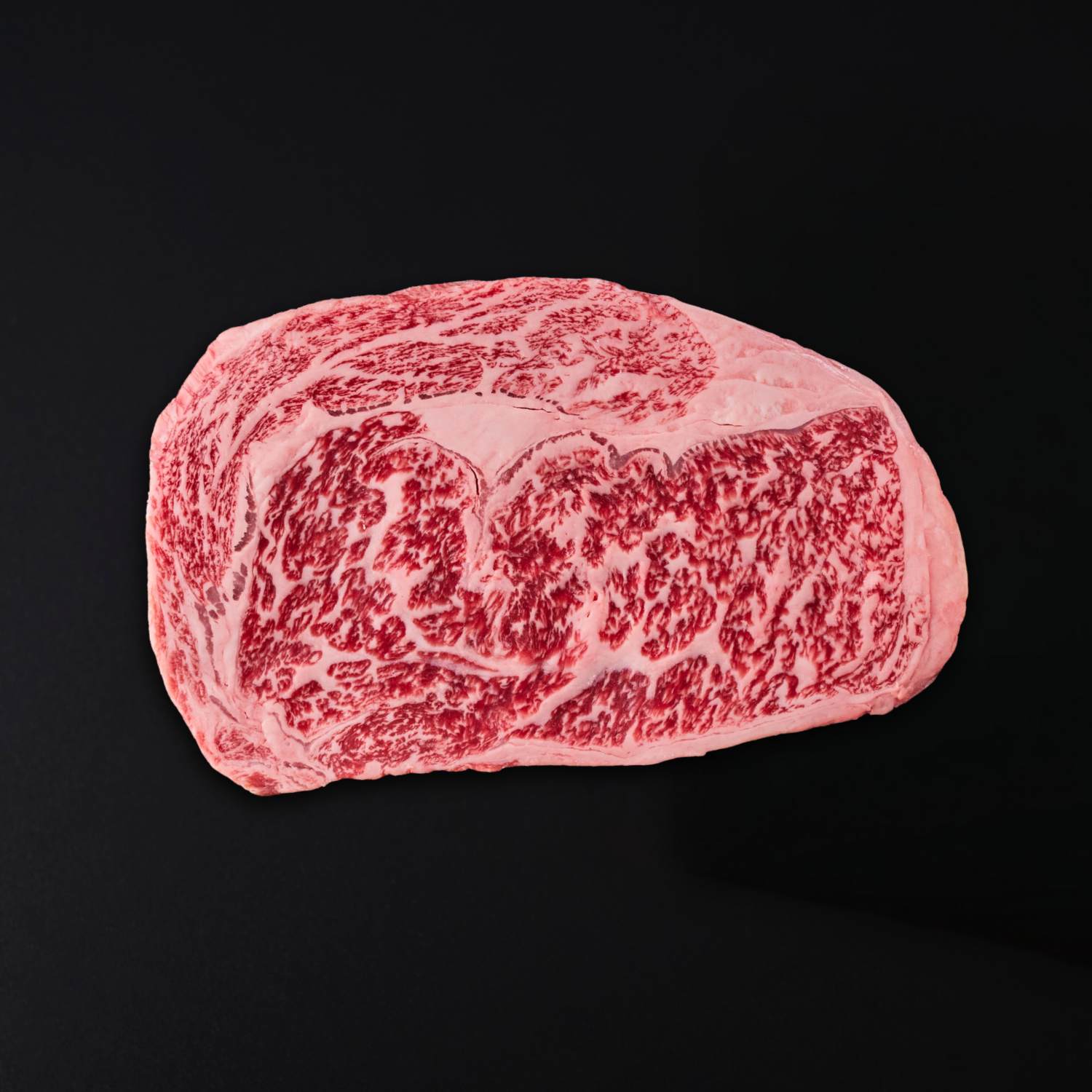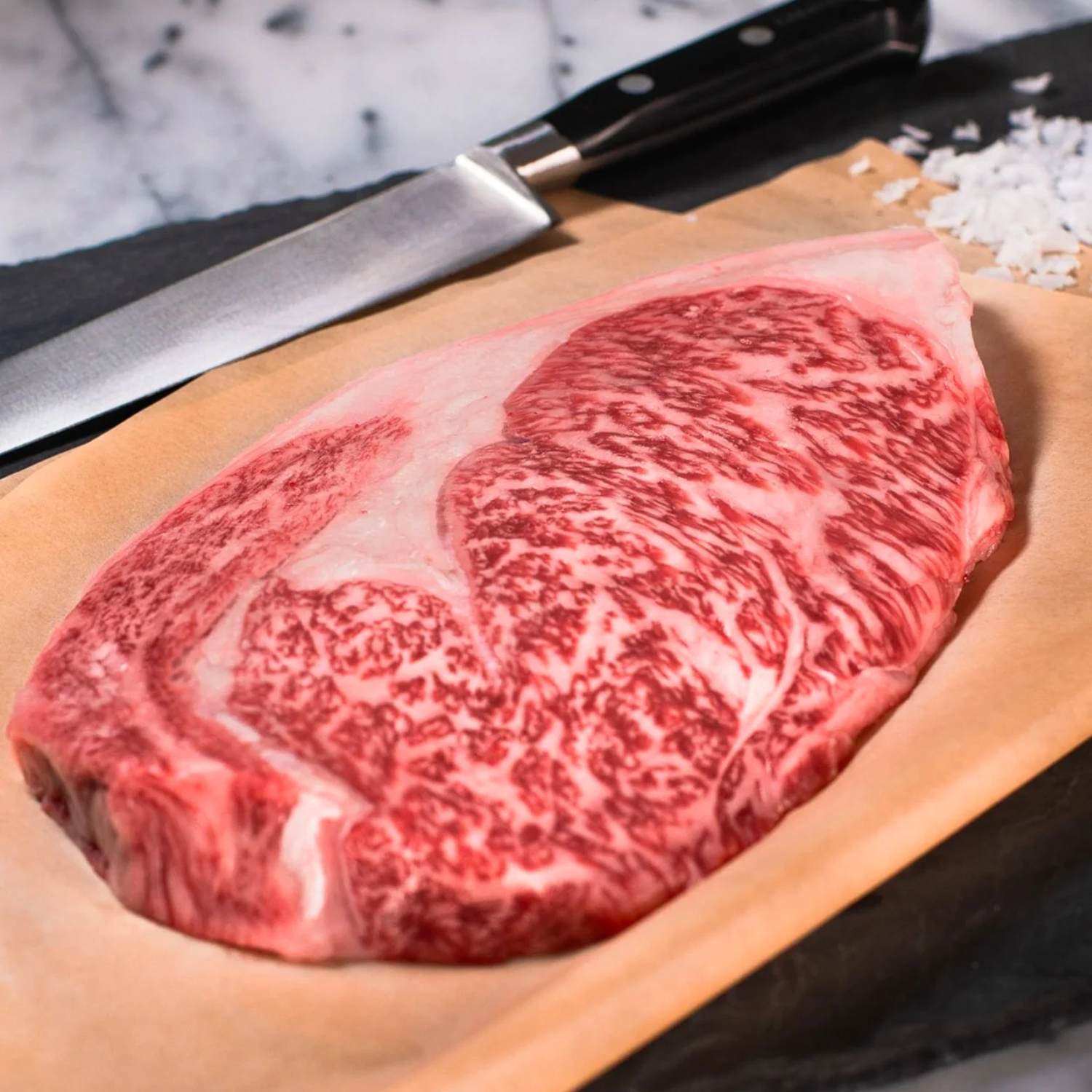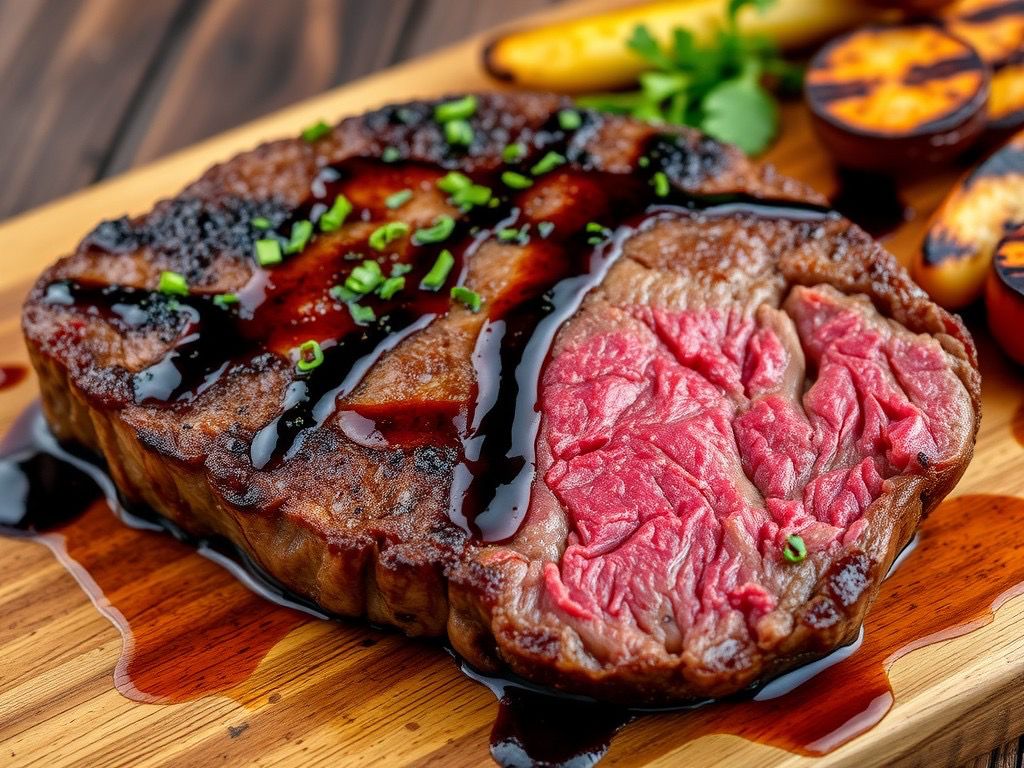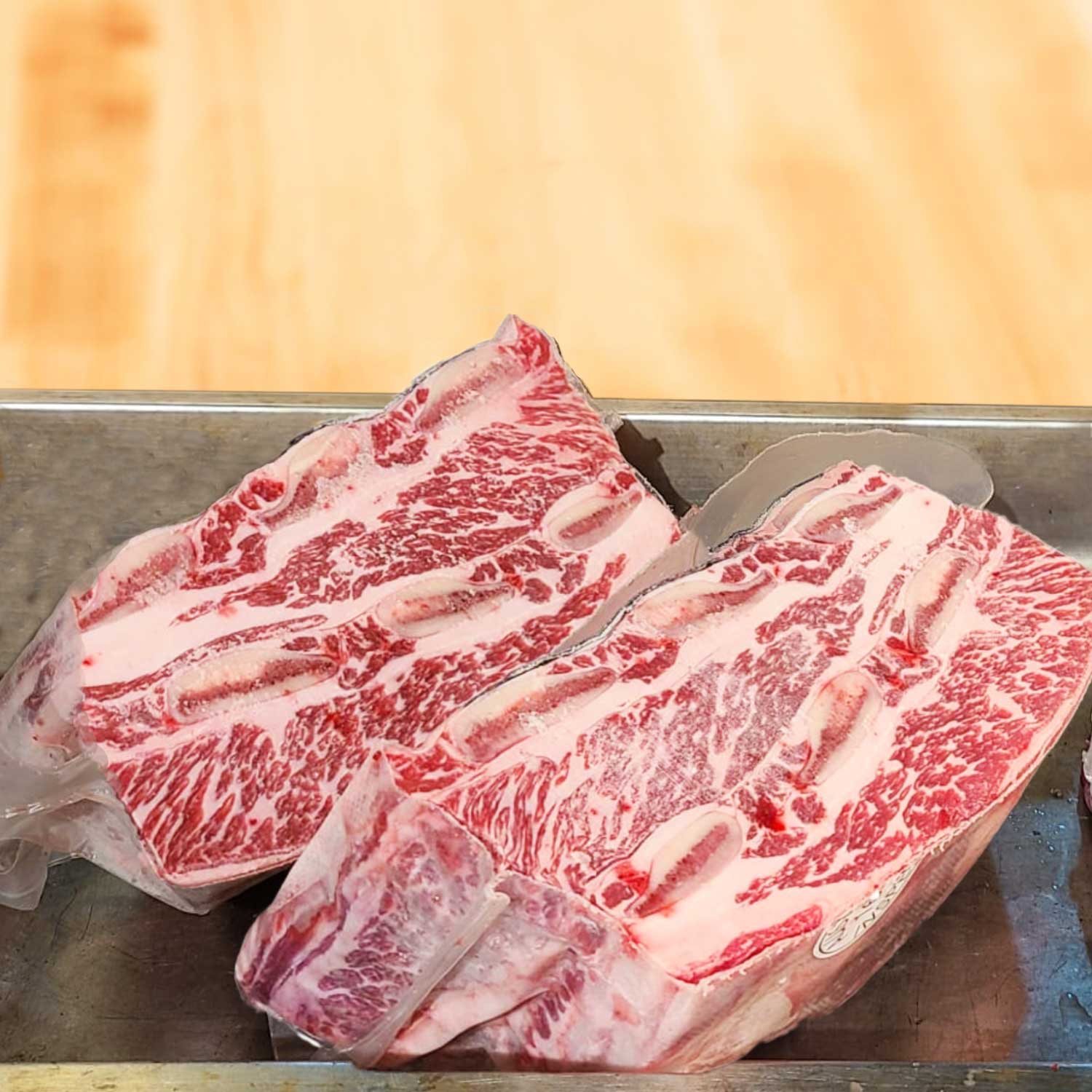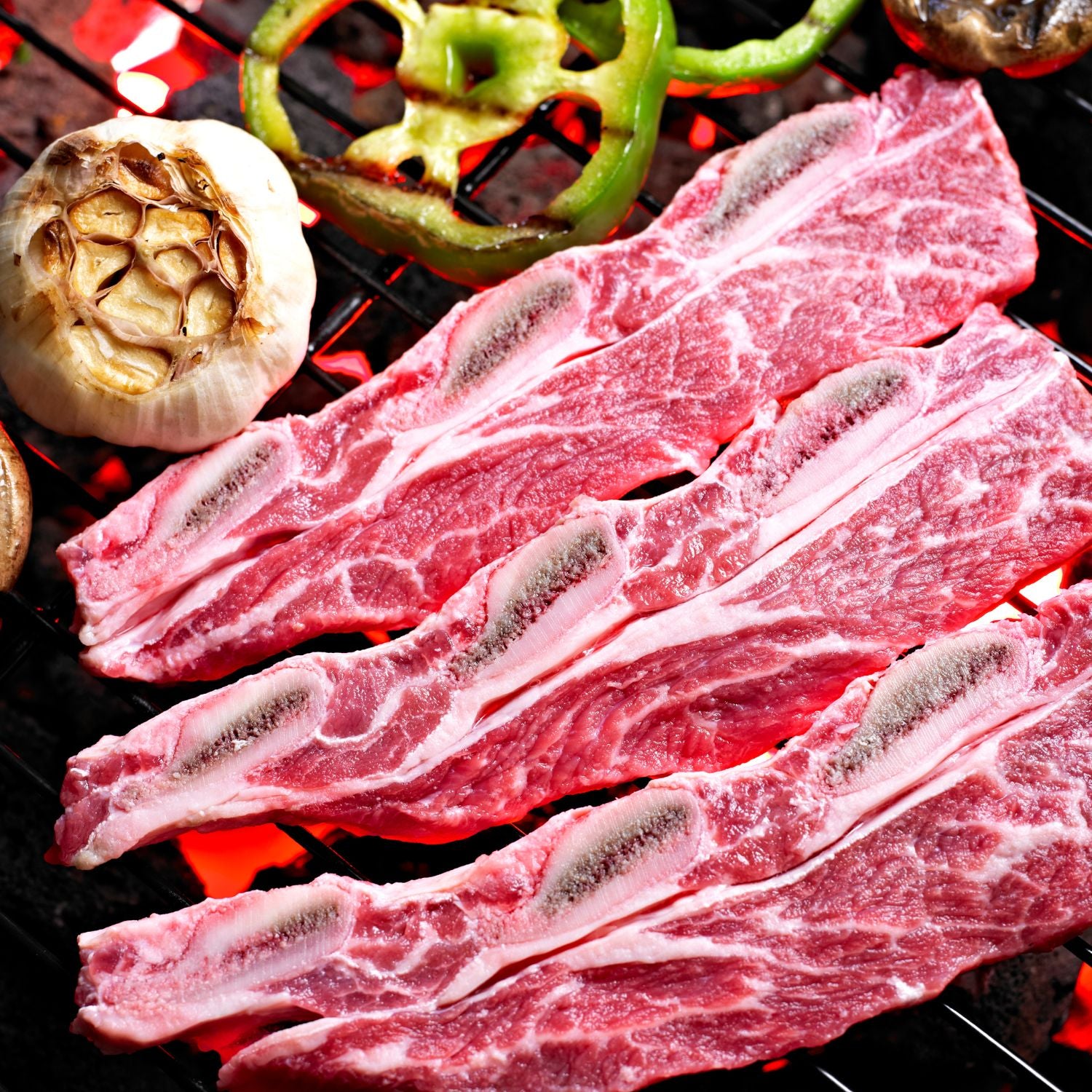Understanding Grassfed Beef: The Basics of Quality and Nutrition
What Makes Grassfed Beef Special?
Grassfed beef stands out for several reasons. First, the cattle diet is natural, feeding on grass and forage. This diet results in beef with a distinct flavor profile, often described as more 'earthy' or 'herbaceous' compared to grain-fed varieties. The way the cattle are raised, often with more room to roam and without the use of growth hormones or antibiotics, is also pivotal. This impacts not only the beef's taste but also its sustainability, as grassfed farming practices are generally more eco-friendly. In summary, grassfed beef is special due to its unique taste, healthier upbringing, and lower environmental impact.

Nutritional Benefits of Grassfed Beef for Consumers
Grassfed beef is a smart choice for health. It offers key nutrients and fewer calories. This beef type is rich in omega-3 fatty acids, which are good for the heart. It also has higher levels of antioxidants like vitamin E and beta-carotene. These protect cells from damage. Grassfed beef supplies a good amount of protein with less fat. This supports muscle growth and aids weight management. It can be a part of a balanced diet in Hong Kong and China. For those who care about what they eat, grassfed beef is a great option.
Advanced Cooking Techniques for Grassfed Beef
The Best Methods for Preparing Grassfed Beef
Mastering the perfect prep for grassfed beef takes skill. Start by selecting a cut that suits your dish. For steaks, opt for high-heat methods like grilling or searing to lock in flavors. Slow cooking suits tougher cuts, as it tenderizes the meat over time. Marinating can add depth to the beef's taste. Also, aim for medium-rare to medium to avoid toughness. Let your beef rest after cooking. This helps the juices settle, making the beef juicier and tastier.
Incorporating Traditional Chinese Cooking Styles
Traditional Chinese cooking celebrates the unique qualities of grassfed beef. Some popular methods include:
- Red Cooking (紅燒): This involves slow braising in a rich soy sauce-based liquid. It adds depth to beef flavors.
- Stir-Frying (快炒): Quick and high-heat cooking ensures the beef remains tender. Use aromatic spices like ginger and scallion.
- Steaming (蒸): Gentle for delicate beef cuts, steaming preserves the beef's natural taste.
- Clay Pot Cooking (煲): Slow cooking in a clay pot melds flavors while keeping the beef succulent.
Incorporating these styles can enhance the dining experience. They honor both the beef's quality and Chinese culinary heritage.
Innovative Techniques for Enhancing Flavor and Texture
When cooking grassfed beef, flavor and texture are key. One innovative technique is sous-vide, which cooks beef evenly and retains its juices. Another method is reverse searing. It starts with a low oven heat, then finishes with a high-heat sear for a crusty exterior. For tenderizing, there's the enzyme marinade approach. Kiwi, papaya, or pineapple can break down tough fibers. Lastly, smoking adds a deep, woody flavor that complements the natural taste of grassfed beef.
Boosting Sales and Culinary Experience in the Hong Kong Market
Marketing Strategies for Grassfed Beef Sellers
- Highlight health and eco-benefits in marketing materials to appeal to health-conscious buyers.
- Collaborate with top chefs to create signature dishes that feature grassfed beef.
- Engage with food bloggers and influencers to expand market reach.
- Offer cooking classes and demos to educate consumers about preparing grassfed beef.
- Participate in local food fairs and expos to increase brand visibility.
- Utilize online platforms and social media for targeted advertising.
- Implement a loyalty program to retain customers and encourage repeat purchases.
Leveraging Hong Kong's Culinary Culture for Sales Success
To boost grassfed beef sales in Hong Kong, sellers can tap into the region's rich culinary heritage. Hong Kong's cuisine is known for valuing fresh and quality ingredients, and grassfed beef can be positioned as a premium product within this market. Here are some tips for leveraging local culinary culture:
- Highlight the compatibility of grassfed beef with traditional Cantonese recipes, emphasizing its potential to enhance classic dishes.
- Collaborate with local chefs to create new fusion dishes that incorporate grassfed beef, showcasing its versatility.
- Organize cooking demonstrations and workshops focusing on the best ways to prepare grassfed beef using Chinese cooking methods.
- Partner with local food festivals and culinary events to present grassfed beef as a gourmet option for food enthusiasts.
- Utilize social media platforms popular in Hong Kong to share cooking tips and recipes featuring grassfed beef, engaging with the community of food lovers.
By emphasizing the natural synergy between grassfed beef and Hong Kong's gastronomy, sellers can create a unique value proposition that appeals to the discerning tastes of local consumers.
Trends and Consumer Preferences in Hong Kong's Grassfed Beef Market
In Hong Kong, grassfed beef is increasingly popular. Shoppers prefer premium, healthy meat options. There's a rising trend for organic and sustainable foods. Quality is key for Hong Kong consumers. They look for freshness and rich, natural flavor. Retailers use these trends to cater to the market. They offer grassfed beef in fresh markets and upscale stores. Online sales are also growing. Customers love convenience. Grassfed beef cooking classes are in demand. They teach buyers to prepare it at home. This trend boosts beef sales and food culture.

